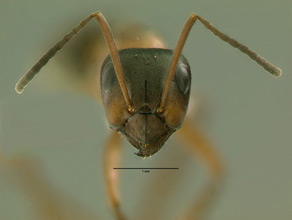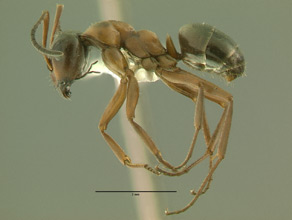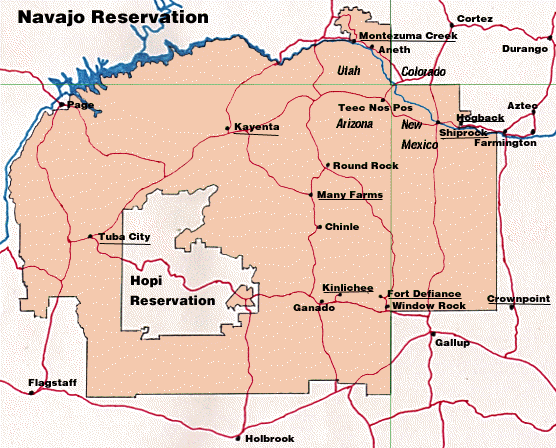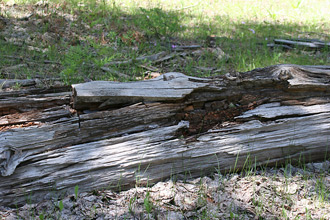- Identification
- Bicolored medium-sized workers. Brown to dark-brown head and a gaster with a lighter (varying from reddish to yellowish brown) alitrunk, appendages and occasionally the top of the head (occiput) and the petiole. Wide variation can exist in worker coloration in different regions, different nests and even within a colony.
- Formica neorufibarbis is a member of the fusca species group.
- Biology
- Formica neorufibarbis has a remarkable tolerance for cool, moist habitats but is able to nest in other habitats as well. This fact likely produces the variation that is seen in worker size across this species' range. Worker size variation within colonies is present too and there is a propensity for size related patterns of color variation with smaller workers being darker. Small workers from a nest may be largely concolorous brown while larger individuals have light coloration from the top of their head, across their mesosoma and along a portion of their petiole.
- additional biology notes...
- Distribution
- Range
- Canada and United States. One of the most wide ranging fusca group species in North America. Found from the Mackenzie Delta south to Arizona, and from Newfoundland west to Alaska. Its southern limits in the eastern United States are not well understood.
- The map below is from Francoeur (1973) and shows sampled occurrences of two forms (the open and closed circles) that are currently designated as Formica neorufibarbis.
- Navajo Reservation Records
- Specimens being processed.
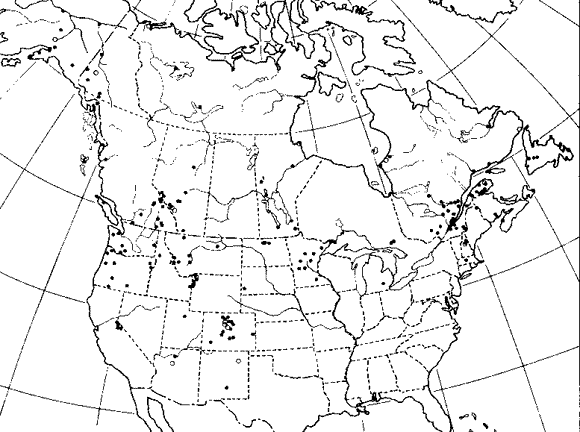
- Additional Notes
- This ant's ecological tolerance allows it to live in the coniferous forests of the far north and in similar mountain regions at lower latitudes (e.g. the Hudsonian zone in the Rocky Mountains). In some locations Formica neorufibarbis is one of the few ant species that can survive the relatively short summers. This can make it a relatively easy to identify ant when it is found in a high elevation or high latitude bog, marsh, peatland or tundra site.
- Moving beyond its tolerance for cooler wet sites, some of which may be relatively open, this species is primarily a forest dweller. It can be found in many types of mixed boreal and coniferous forests. The amount of forest cover does not seem to be as important as the need for at least a moderately moist microsite.
- Nests may be made in organic matter, peat moss, dead wood, in soil and under rocks. Formica neorufibarbis are generalists, feeding on dead insects, honeydew and whatever other nutritious liquid resources they can find.
- Associations
- Formica neorufibarbis has been found with larvae of microdon and the cricket Myrmecophila oregonensis living within their nests.
- Species from the Formica fusca group are some of the most heavily parasitized ants in North America. Other Formica and Polyergus species exploit fusca group species by enslaving their workers or through new queens parasitizing existing colonies to start their new colonies. The former occurs as the result of brood raids that have the exploitive species infiltrating a nest and carrying off both larvae and pupae. The latter occurs through a newly-mated foreign queen entering a fusca species nest, killing the queen and tricking the workers of the dequeened nest into raising her brood. Through time the fusca workforce is replaced by workers of the new species.
- Etymology
- Morphological. The name recognizes this species' similarity to Formica rufibarbis, a Palearctic Formica species. Greek neos = new + rufibarbis.
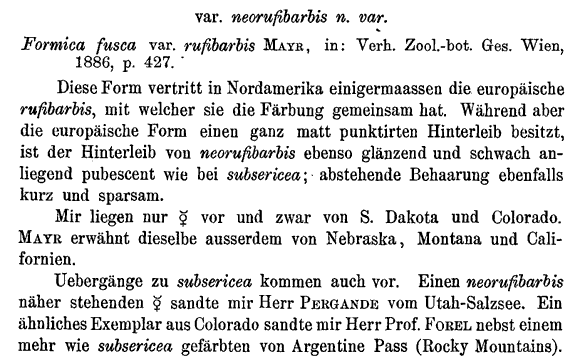
- Literature
- Emery, C. 1893. Beiträge zur Kenntniss der nordamerikanischen Ameisenfauna. Zoologische Jahrbücher, Abteilung für Systematik, Geographie und Biologie der Tiere. 7:633-682.
- Francoeur, A. 1973. Révision taxonomique des espèces néarctiques du groupe fusca, genre Formica (Formicidae, Hymenoptera). Mémoires de la Société Entomologique du Québec. 3:1-316.
- Gregg, R. E. 1963. The ants of Colorado, with reference to their ecology, taxonomy, and geographic distribution. University of Colorado Press, Boulder.
- Mallis, A. 1941. A list of the ants of California with notes on their habits and distribution. Bulletin of the Southern California Academy of Sciences. 40:61-100.
- A note about these publications. The literature cited here is not meant to be an exhaustive list of papers published about this species.
Page authored by David Lubertazzi and Gary Alpert
